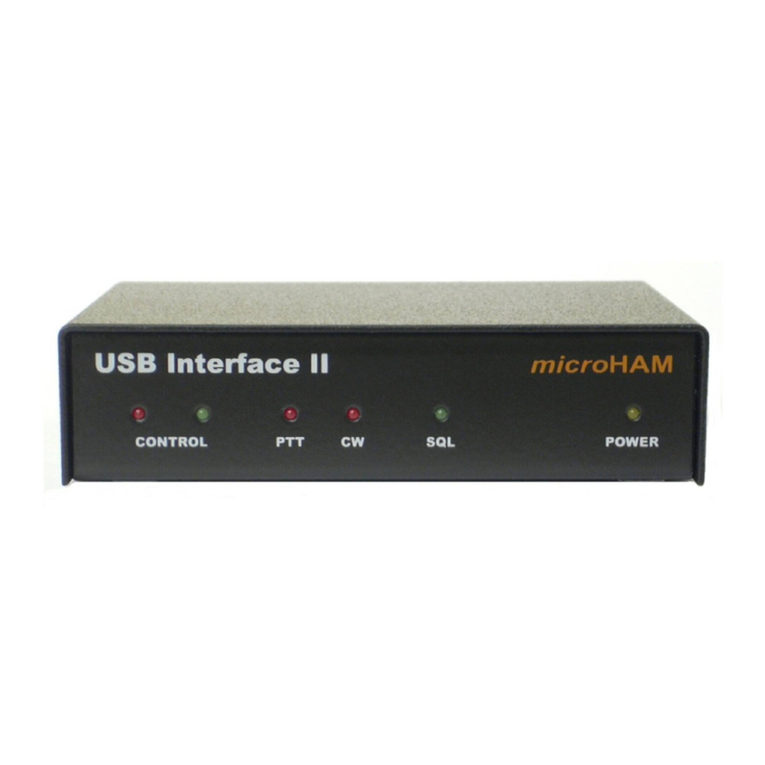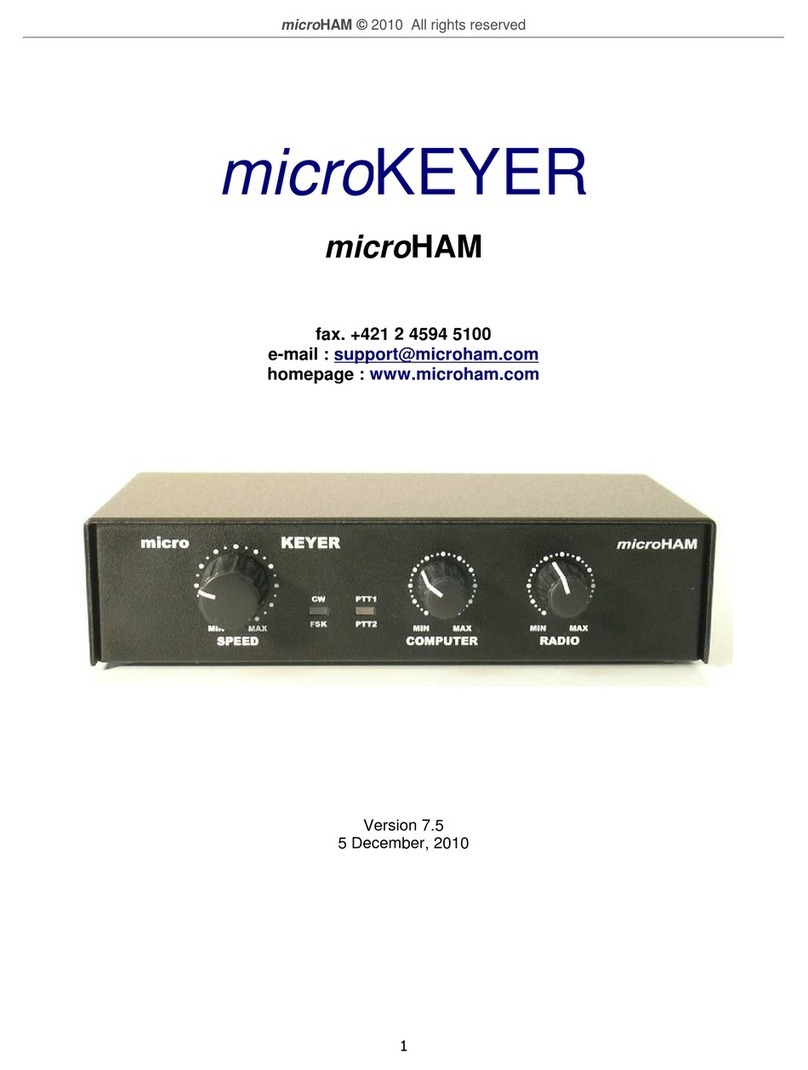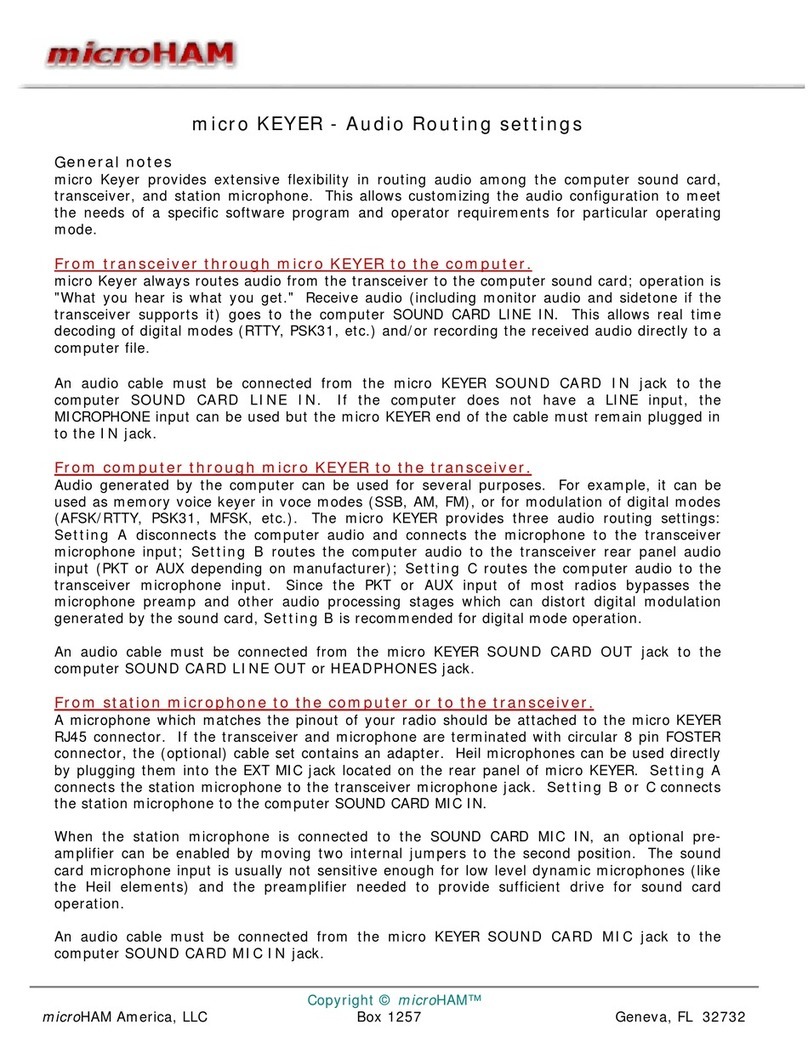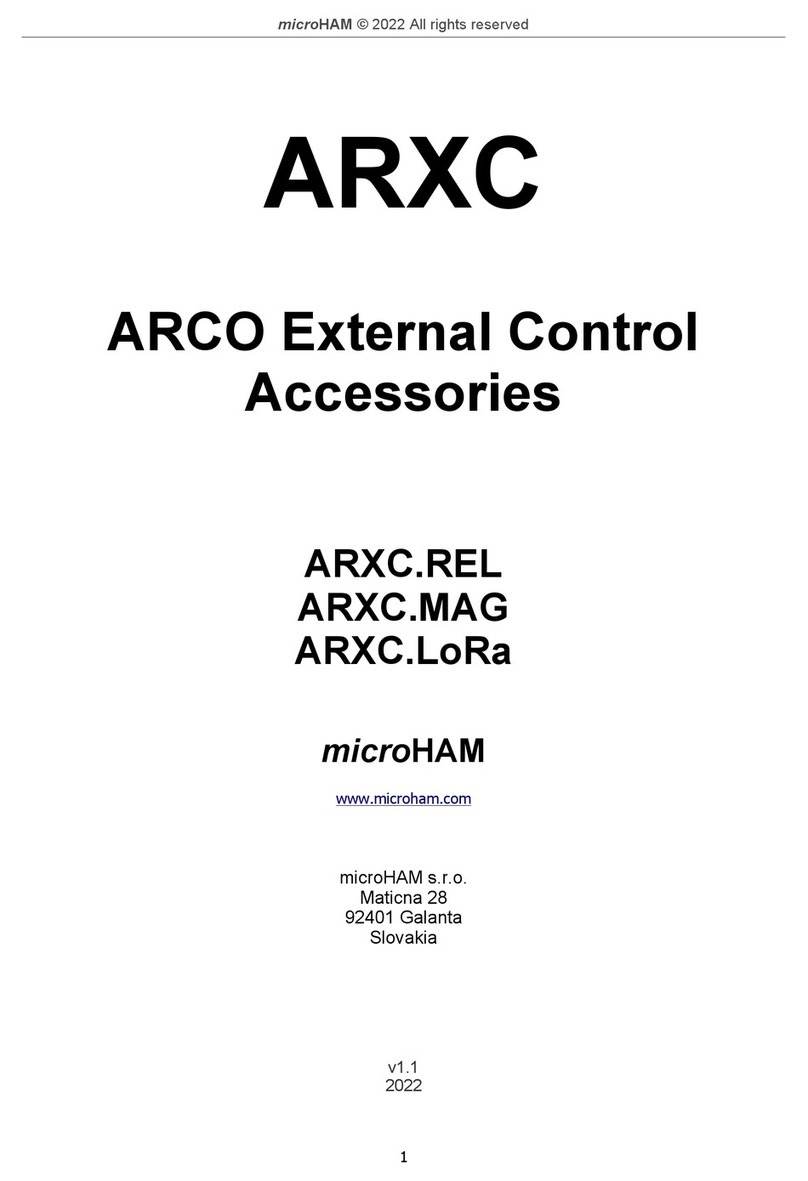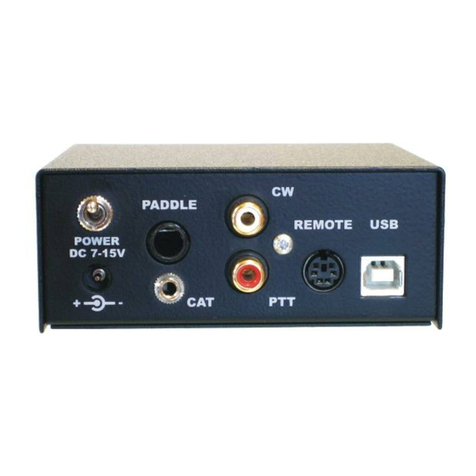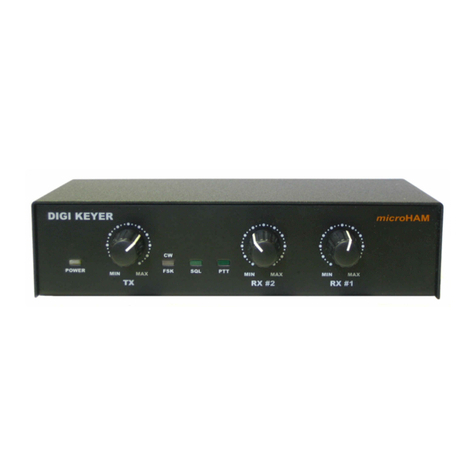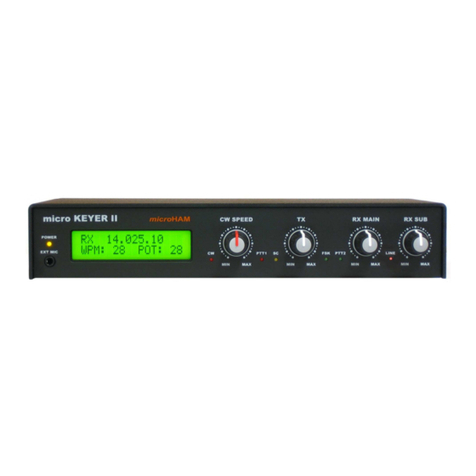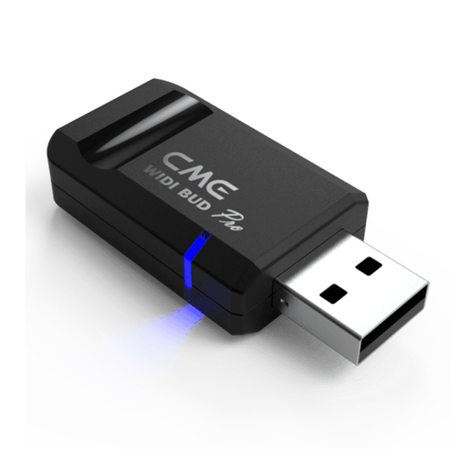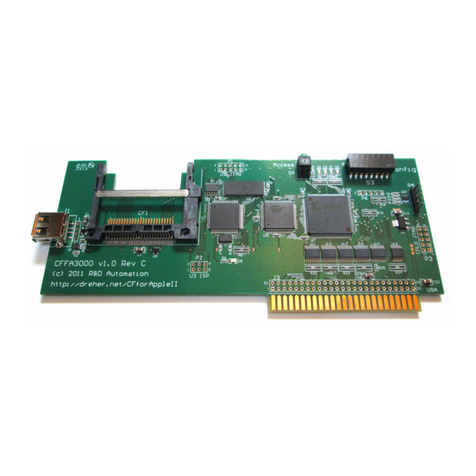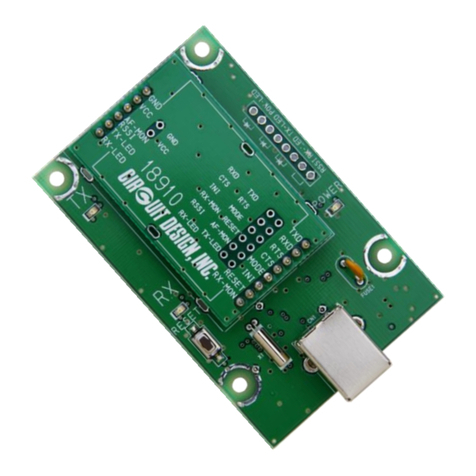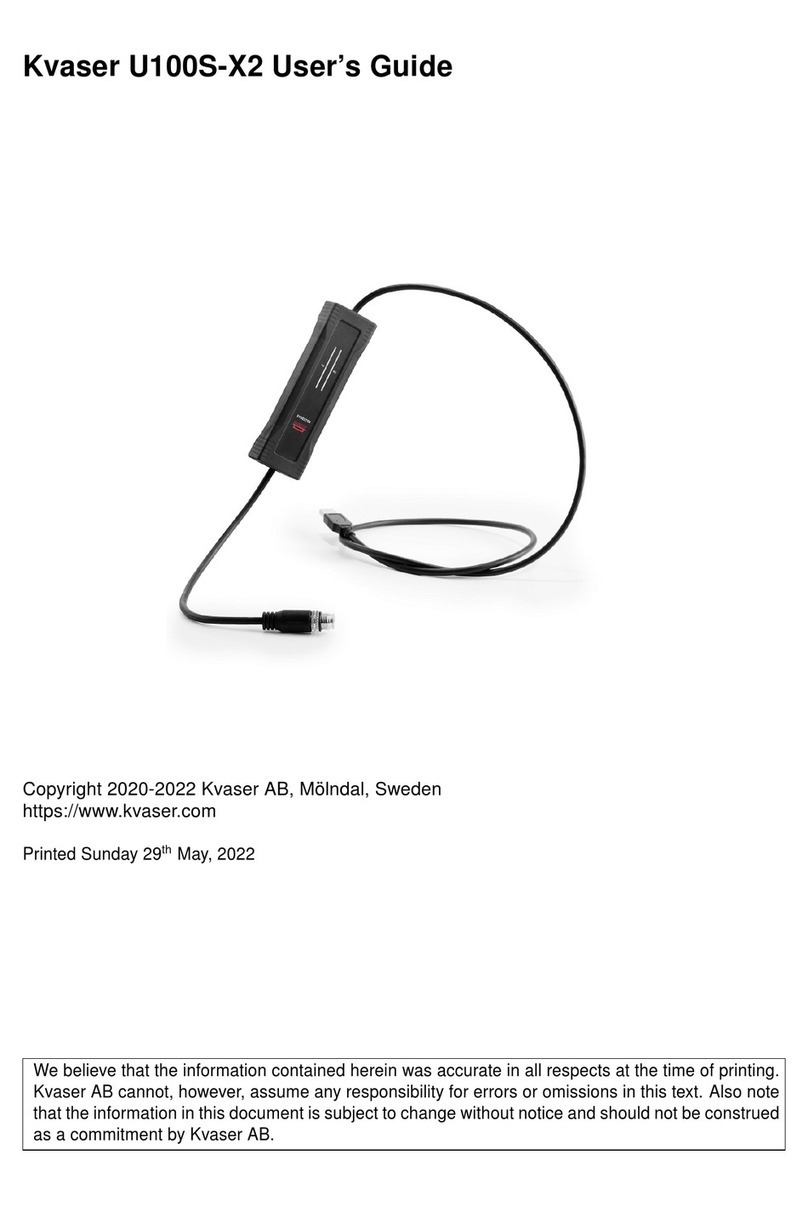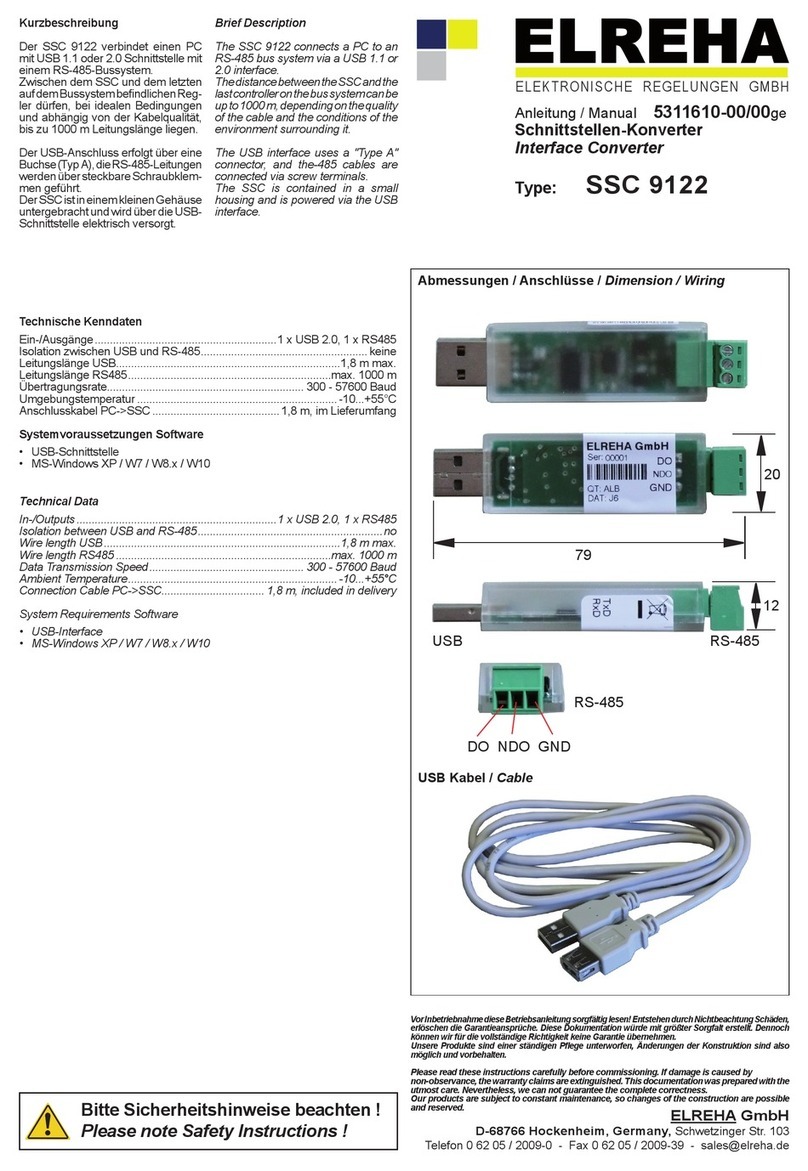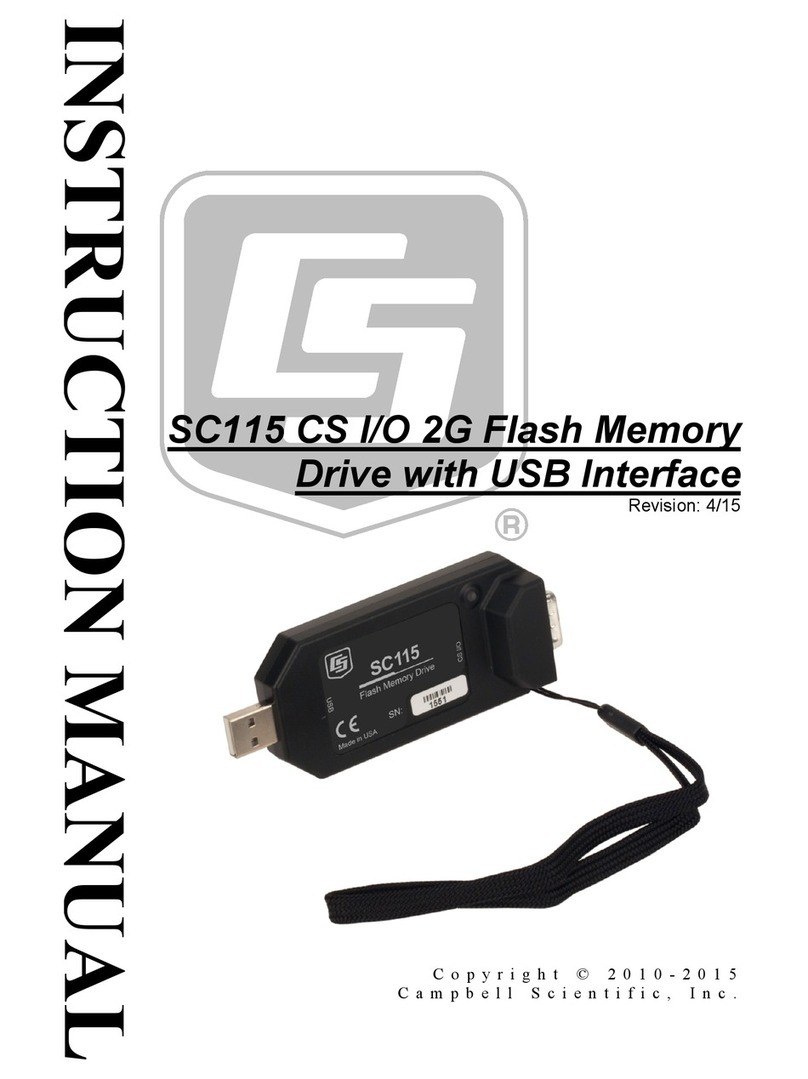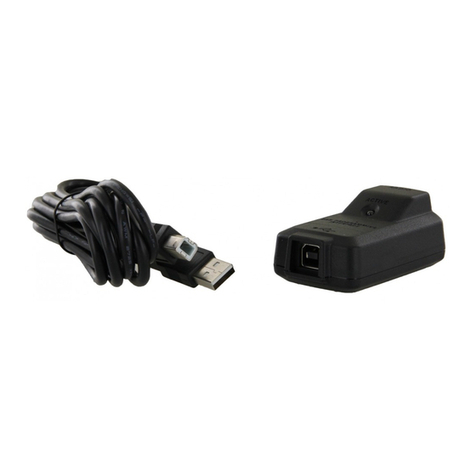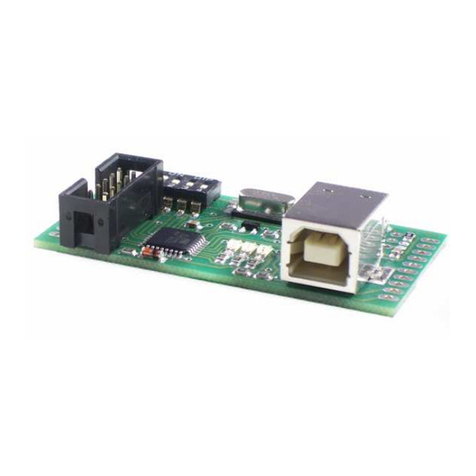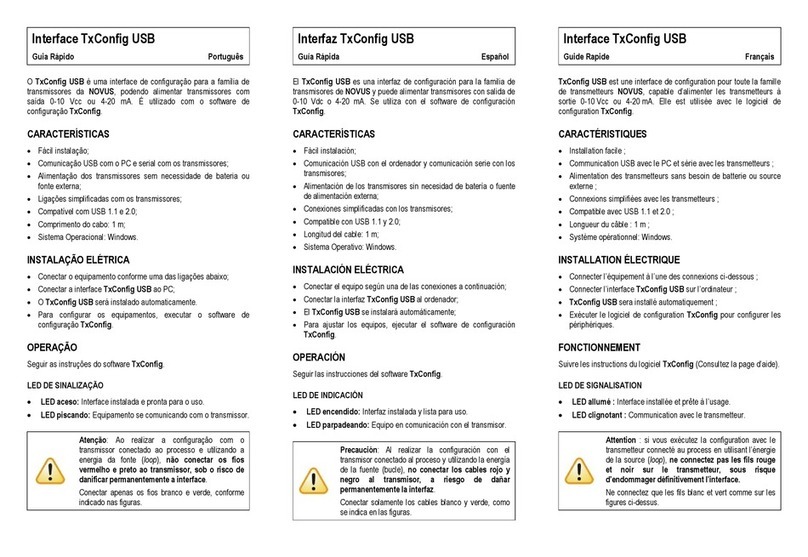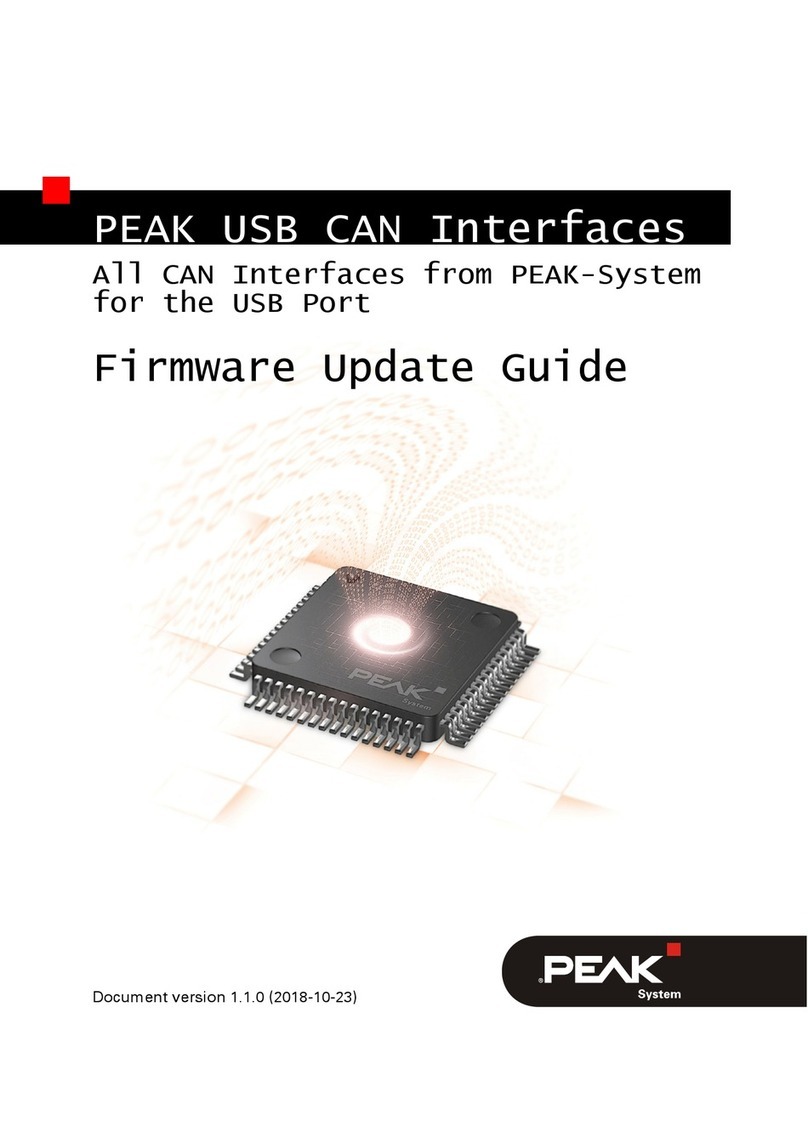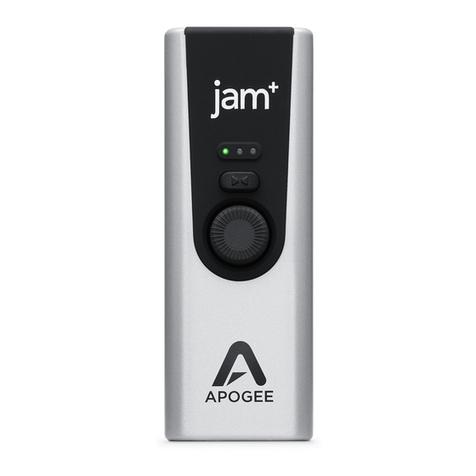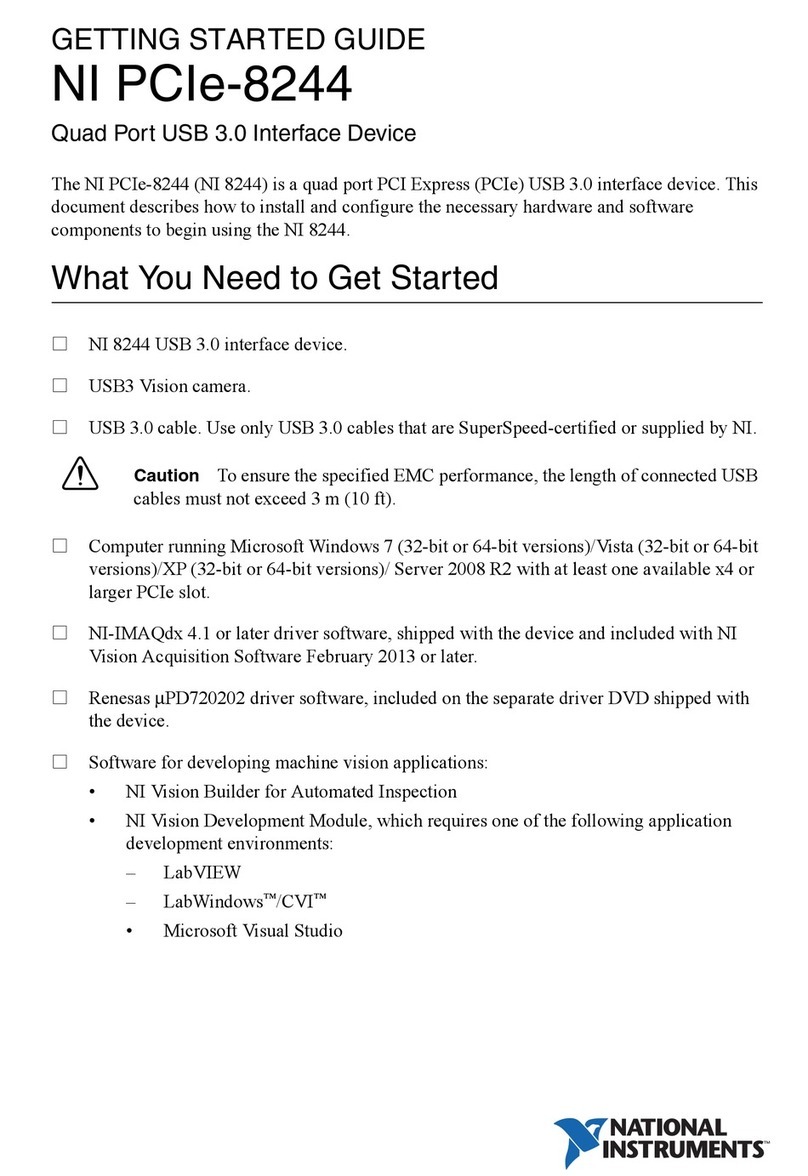
microHAM © 2008 All rights reserved
TABLE OF CONTENTS
CHAPTER PAGE
1. FEATURES AND FUNCTIONS ............................................................................................................ 3
2. IMPORTANT WARNINGS .................................................................................................................... 4
3. PANEL DESCRIPTION ........................................................................................................................ 5
Front Panel ................................................................................................................................... 5
Rear Panel .................................................................................................................................... 6
4. INSTALLATION .................................................................................................................................... 8
Preparing microKEYER II for Use................................................................................................. 8
Installing microHAM USB Device Router ......................................................................................9
Configuring microHAM Codec .....................................................................................................10
Configuring microHAM USB Device Router ............................................................................... 11
Creating and Using Virtual Serial Ports ..................................................................................... 12
5. microHAM DEVICE ROUTER ........................................................................................................... 13
Menu: Router .............................................................................................................................. 13
Menu: Preset .............................................................................................................................. 14
Menu: Device .............................................................................................................................. 15
Menu: Virtual Port ....................................................................................................................... 16
Menu: Help ................................................................................................................................. 17
Device Configuration Tabs ......................................................................................................... 17
Ports Tab ............................................................................................................................. 18
Ports: CAT & 2
nd
CAT ................................................................................................. 19
Ports: FSK & 2
nd
FSK ................................................................................................... 21
Ports: CW .................................................................................................................... 22
Ports: PTT & 2
nd
FSK .................................................................................................. 23
Ports: Foot Switch ........................................................................................................ 23
Ports: WinKey .............................................................................................................. 24
Ports: Auxiliary ............................................................................................................. 25
Ports: Control .............................................................................................................. 25
Audio Switching Tab ............................................................................................................ 26
Audio Mixer Tab ....................................................................................................................28
PTT Tab ................................................................................................................................31
CW/WinKey Tab ...................................................................................................................33
CW Messages Tab ...............................................................................................................34
FSK Messages Tab ..............................................................................................................35
DVK Tab ...............................................................................................................................36
Keyboard Tab .......................................................................................................................37
Display Tab ...........................................................................................................................38
System Tab ..........................................................................................................................39
6. Setting Audio Levels ........................................................................................................................ 40
7. System Considerations ................................................................................................................... 41
8. External Keyboard/Keypad ............................................................................................................. 42
9. HARDWARE SPECIFICATIONS ....................................................................................................... 44
10. PACKAGE CONTENTS ..................................................................................................................... 45
11. WARRANTY ...................................................................................................................................... 45
DECLARATION OF CONFORMITY ................................................................................................. 46
APPENDIX A – CONNECTORS ....................................................................................................... 47
APPENDIX B – RFI Considerations .................................................................................................. 49
2
